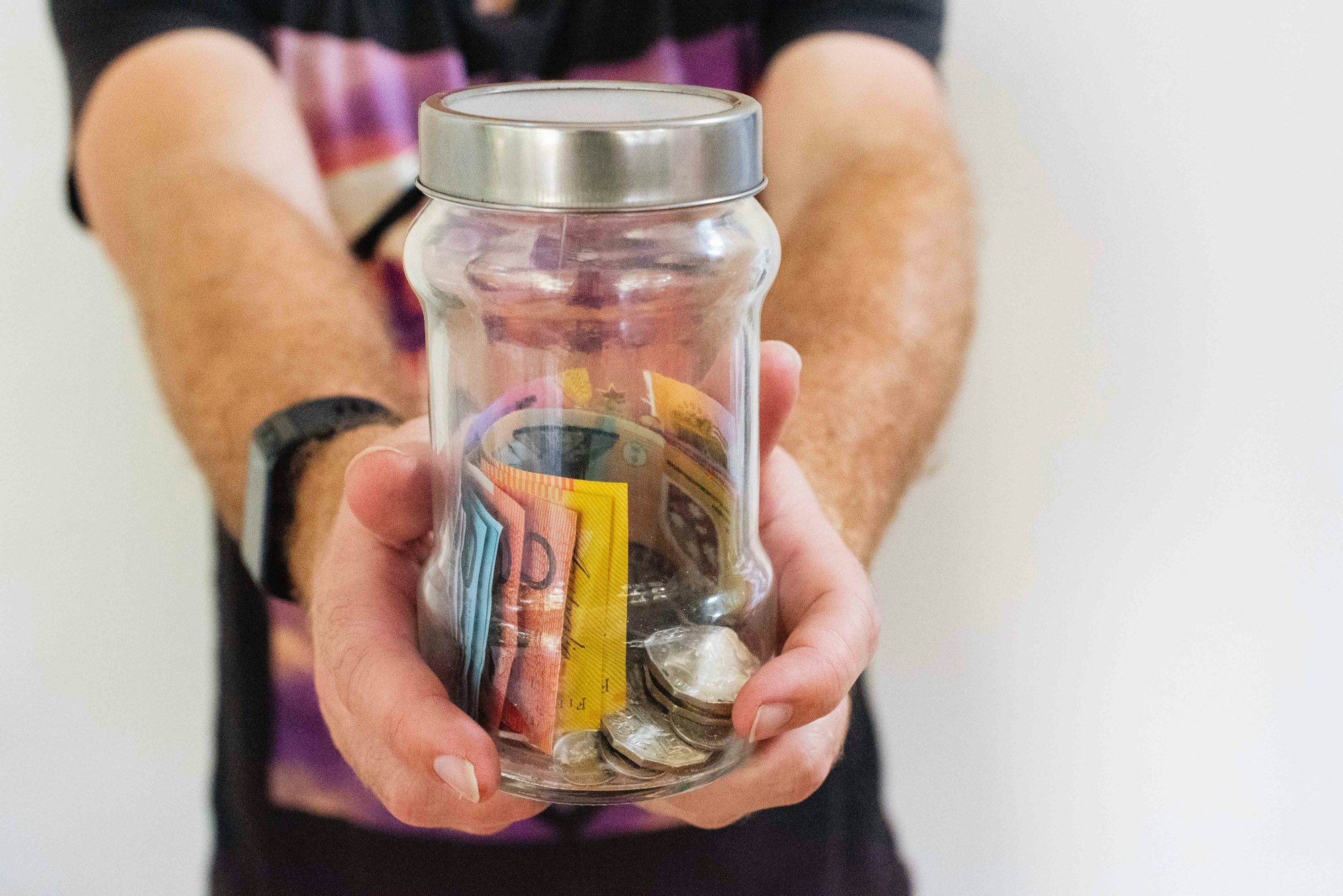Found yourself with unused funding at the end of your NDIS plan period? You're not alone.
According to the most recent NDIS' quarterly report, the national average utilisation rate was 76% for December 2022. This rate compares the dollar value of individual budgets with the overall amount spent on supports. This means roughly a quarter of NDIS funds across the country aren't being used.
Things like your location, budget type and knowledge of the NDIS can have a big impact on whether you spend all of your NDIS funding or not. In this article, we'll explore what happens to leftover funding, why people don't use all their funds, and some tips for making the most of your plan.
What happens to unspent funds?
The short answer is — if you don't use it, you lose it. Like private health insurance benefits, if you haven't used all of your NDIS funds by the time your plan ends, it will not roll over to your next plan. Instead, the unspent funds will be returned to the NDIA.
An NDIS plan period will typically last from 1 to 3 years depending on your age and support needs. This will be followed by a plan reassessment where you'll discuss what did and didn't work well in your plan and why your funds weren't spent.
How can I track my NDIS funding?
Not sure how much funding you have left?
Luckily, you can use the myplace portal to track your funding, regardless of whether you're self-managed, plan-managed or NDIA-managed. This is a website portal on MyGov that enables NDIS participants to access their NDIS information.
If you have a Plan Manager, they'll provide regular reports on how your NDIS plan is going.
Why don't people use all their funds?

There are a few reasons why someone may have leftover funding at the end of their plan period. These factors can be further affected by their location, disability, type of NDIS funding, socio-economic and cultural background.
- Illness or injury. If you experience a long-term illness, have to undergo an operation, or end up in hospital unexpectedly, you may not have an opportunity to use all of your funding.
- Lack of access to suitable service providers. The majority of NDIS providers operate in metropolitan areas. This means people who live in rural and remote areas have fewer options to choose between (if any). If you can't find a reliable and suitable provider, you probably won't end up spending your funds!
- Natural disasters or family circumstances. An unforeseen event, like a bushfire or sudden family death, may prevent you from using all of your funding if you don't have the time or capacity to access NDIS services.
- Uncertainty about how to spend funding. The NDIS can be a confusing system to navigate. This can make it hard to tell what you can actually spend your funds on, especially if you're self-managed.
- Saving funds for a "rainy day". Some people may be afraid that their needs will change in the future, so may hold back on spending some of their budget in case they need it later.
Additionally, some people may not even know that they have unspent funds, or that their plan period has almost ended.
Tips on how to use unspent funds

If you have some time remaining to use your leftover NDIS funds, or want to prepare for your next plan, here are some tips to help you out. Just remember that any funds you spend must be on reasonable and necessary supports that align with your NDIS goals.
- Make the most of your Core Supports. This budget type has a higher utilisation rate than Capacity Building and Capital Supports. That's probably because it's the most flexible—you can use the funding across all of your Core Support categories (apart from Transport). On the other hand, Capital Supports are restricted to specific items in your plan.
- Get creative. If you don't know what to spend your funds on, think outside of the box! You may be surprised by all the things you can access via the NDIS. For instance, you may be able to use your funds on driving lessons or to join a sports team.
- Research online support options. If you're having difficulty finding NDIS providers in your area, look into online support. Some support workers may be able to provide support via a phone or video call, like playing online games, doing a virtual exercise class, or just having a chat.
- Talk to a Plan Manager. A Plan Manager is like an accountant for your NDIS funds. Their role is to ensure your funds are being spent in line with your plan. You may consider getting a plan manager if you no longer want to self-manage your NDIS funding.
- Talk to your support coordinator, if you have one. They can help you understand your NDIS plan and connect you with providers in the community. If you don't have a support coordinator, you can talk to an LAC instead.
- Talk to a local area coordinator (LAC). If you're unsure about how the NDIS works or how to use the myplace portal, reach out to your local area coordinator. They can also help you review your plan and track how it's going.
Get more out of your NDIS plan with Like Family
If you have unused NDIS funding and your plan period is coming to an end, why not try Like Family? We're an NDIS registered provider specialising in social and community support.
Our hourly rates are 20% below the NDIS price limit and fixed, so you don't need to negotiate prices with your support worker. We also don't charge any added fees, even for using your credit card!
Depending on your plan and goals, you can use your leftover funds with us to:
- attend a social event with a support worker
- play your favourite game or sport
- get assistance with household tasks and meal preparation
- get a lift to and from an appointment
- and much more!
All our support workers are NDIS-verified, and have gone through a comprehensive vetting process to ensure they are reliable and trustworthy.
You can search for the right Carer on our website based on age, location and more, or by contacting our friendly Customer Care team via hello@likefamily.com.au. Join our community today!

